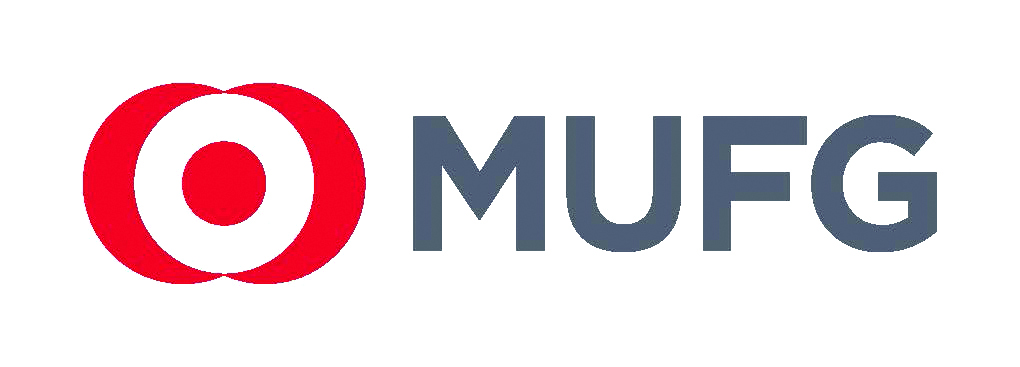Latest News
Virgin Australia (Virgin)’s second Australian dollar bond deal built on the success of its initial transaction and capitalised on an increasingly positive market backdrop to broaden the issuer’s capital-markets footprint, deal sources say. The new transaction allows the issuer to refinance US dollar liabilities in its home currency.
It is extraordinarily hard to unpick the issues around governance, ethics and social licence to operate in the financial sector. Banks – especially the majors – clearly have a lot of work to do to re-establish public trust in the wake of the Royal Commission into Misconduct in the Banking, Superannuation and Financial Services Industry. Data from the US’s increasingly partisan political environment makes me wonder if there is even an audience for bank rehabilitation.
KfW Bankengruppe (KfW) (AAA/Aaa/AAA) mandated a tap of its March 2024 Kangaroo bond on 27 February, with pricing expected the following day. The J.P. Morgan-led increase has an indicative margin of 40 basis points over semi-quarterly swap or 50.5 basis points over the April 2024 Australian Commonwealth government bond.
On 27 February, Asian Development Bank (ADB) (AAA/Aaa/AAA) launched a minimum A$100 million (US$71.8 million) increase to its June 2029 Kangaroo bond. The forthcoming deal has indicative price guidance of 42 basis points area over semi-quarterly swap, equivalent to 57 basis points area over Australian Commonwealth government bond. Pricing is expected on the day after launch, according to lead manager TD Securities.
On 27 February, Stockland Trust Management (Stockland) (A-/A3) revealed plans for a potential Australian dollar denominated capital markets transaction. The issuer has mandated ANZ, HSBC and Westpac Institutional Bank to arrange debt investor meetings, commencing 4 March.
In late January, KangaNews hosted – with MUFG – its annual roundtable discussion with US private placement (USPP) investors and Australian issuers in Miami. Investors remain positive about credits from the Australasian region and see no reason for the record supply pipeline from Australian and New Zealand issuers in the last two years to decrease. In fact, the buy side points to its flexibility to structure deals to attract more issuance from the Antipodes. Issuers, meanwhile, emphasise the positive experiences they have had in issuing USPPs.
On 27 February, Macquarie Group revealed it has upsized its additional tier-one (AT1) transaction to A$750 million (US$533.2 million) and set its margin at 415 basis points over three-month bank bills, the low end of the indicative range. The offer is due to open on 5 March and close on 22 March.
On 27 February, Argosy Property (Argosy) revealed an indicative margin of 175-190 basis points over mid swap for its forthcoming NZ$75-100 million (US$51.7-69 million) seven-year green-bond transaction. The final margin and interest rate is set to be announced following a bookbuild on 6 March. ANZ is arranger for the deal and joint lead manager alongside BNZ, First NZ Capital and Forsyth Barr.
KangaNews’s transaction data and intermediary league tables show some interesting trends from Australasian bond issuance in 2018. Outright volume was robust, including several issuance records. But while the New Zealand market got broader, Australia struggled for issuance diversity.









